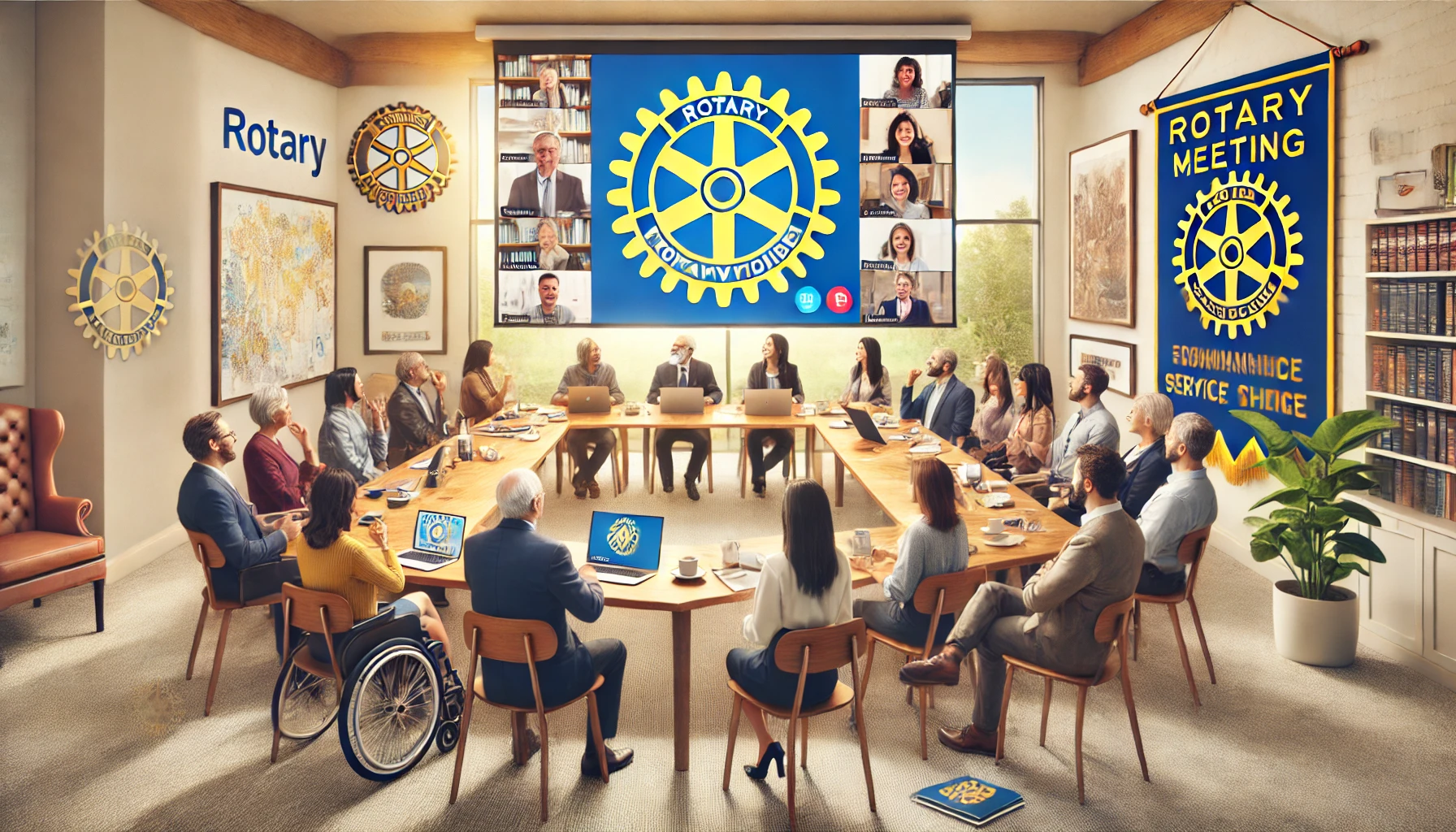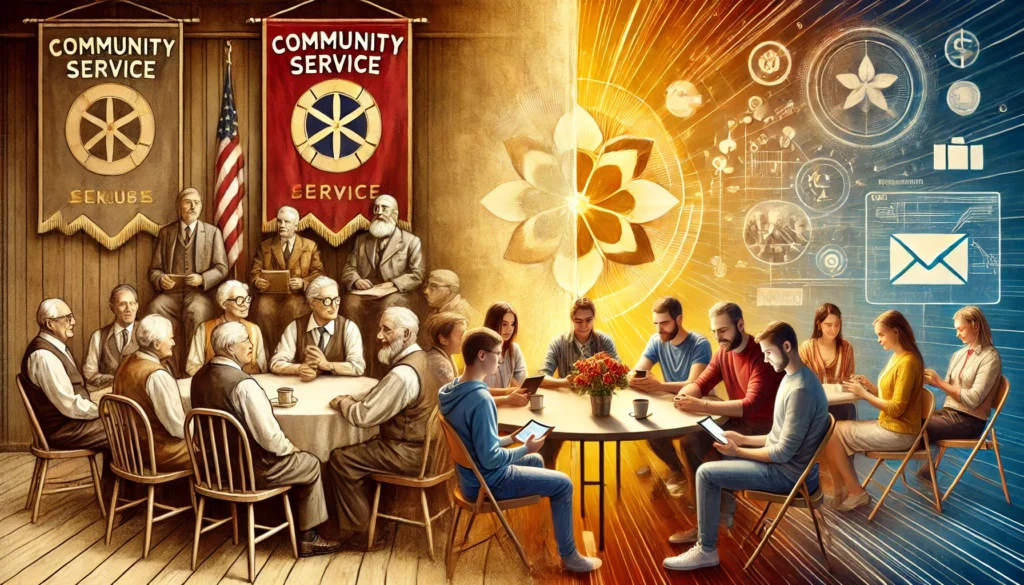
Last weekend, I attended Rotary President Elect Training (PELS), where I joined incoming club presidents from across our district to prepare for the year ahead. The energy and passion in the room were undeniable, but so was the underlying concern many of us shared: Rotary membership is in decline.
This isn’t just a Rotary problem—it’s a widespread challenge facing service organizations, community clubs, and nonprofits alike. The question is: Why?
Understanding the Rotary Membership Decline
The drop in Rotary participation mirrors a larger trend that sociologist Robert Putnam explored in his book Bowling Alone: The Collapse and Revival of American Community. In it, he documented how Americans have gradually withdrawn from the traditional civic and social institutions that once defined community life.
Putnam pointed to shrinking membership in groups like the PTA, church congregations, and fraternal organizations. He argued that while people still value connection, they’re engaging in more solitary or individualized ways—hence the metaphor of people “bowling alone.”
The same challenge applies to Rotary membership decline. Clubs across the country are seeing aging rosters, fewer new recruits, and lower engagement in traditional formats like weekly meetings or committee service.
A New Generation, A New Kind of Community
But here’s the thing: I don’t believe civic engagement is dying—it’s evolving.

Younger generations still care deeply about service, connection, and causes greater than themselves. They’re just expressing that through different mediums. My kids, for instance, are constantly connected to peers and communities—both locally and globally—through apps like Snapchat, Discord, and Instagram. Their community isn’t defined by a meeting room or monthly newsletter—it’s digital, dynamic, and decentralized.
This shift is key to understanding the Rotary membership decline. The values that make Rotary strong—service, fellowship, leadership—are still deeply relevant. But the delivery method needs to adapt to meet people where they are.
Bridging the Gap Between Tradition and Transformation
At PELS, it was clear that Rotary’s legacy is something worth protecting. But it’s also something worth evolving.
As organizational leaders, we have to ask: Are we providing flexible ways to serve? Are we leveraging digital tools to build relationships? Are we offering meaningful engagement that fits into the modern world?
Younger generations don’t lack commitment—they lack time. They don’t resist community—they just define it differently. Our job is to reimagine our organizations not as a building, a format, or a time slot—but as a movement of service-minded people connected by shared purpose.
The Future Is Digital and Purpose-Driven
The membership decline crisis should not be seen as a crisis, but as a call to innovate. From hybrid meetings to online volunteer coordination, from flexible leadership roles to digital storytelling, there are countless ways we can modernize our approach without compromising our mission.
“We are not bowling alone—we’re just bowling differently“.

Final Thoughts
Bowling Alone reminds us that while forms of community may shift, the human desire to belong, serve, and grow together remains strong. Rotary has the legacy, the vision, and the values to thrive in the future. But only if we’re willing to meet that future head-on—with open minds and adaptable hearts.
Brent is the Managing Partner of CatchMark Technologies and a seasoned technologist with over 25 years of experience in IT leadership, cybersecurity, and technical operations. He began his career serving in the U.S. Army, where he worked extensively with electronics—laying the foundation for his lifelong passion for technology and problem-solving. Brent holds a Certified Information Systems Security Professional (CISSP) certification and currently leads CatchMark’s Cybersecurity and Tech Support teams. Known for his strategic thinking and hands-on expertise, he excels in guiding secure, scalable solutions and driving innovation across complex technical environments.
Must See
-


Community
/ 1 day agoHunters and Anglers: Urban Deer Hunting in Whitehall and Montague
WHITEHALL & MONTAGUE, MI — As deer populations continue to rise across West Michigan,...
By Kara Raeth -


Community
/ 2 days agoStay Safe This Summer on Lake Michigan and White Lake
As summer heats up in the White Lake area, more people are heading to...
By Kara Raeth -


History
/ 2 days agoWhite Lake History – Parades Through Time
The Tradition of Parades Parades have been a part of human celebration for thousands...
By Owen Raeth












